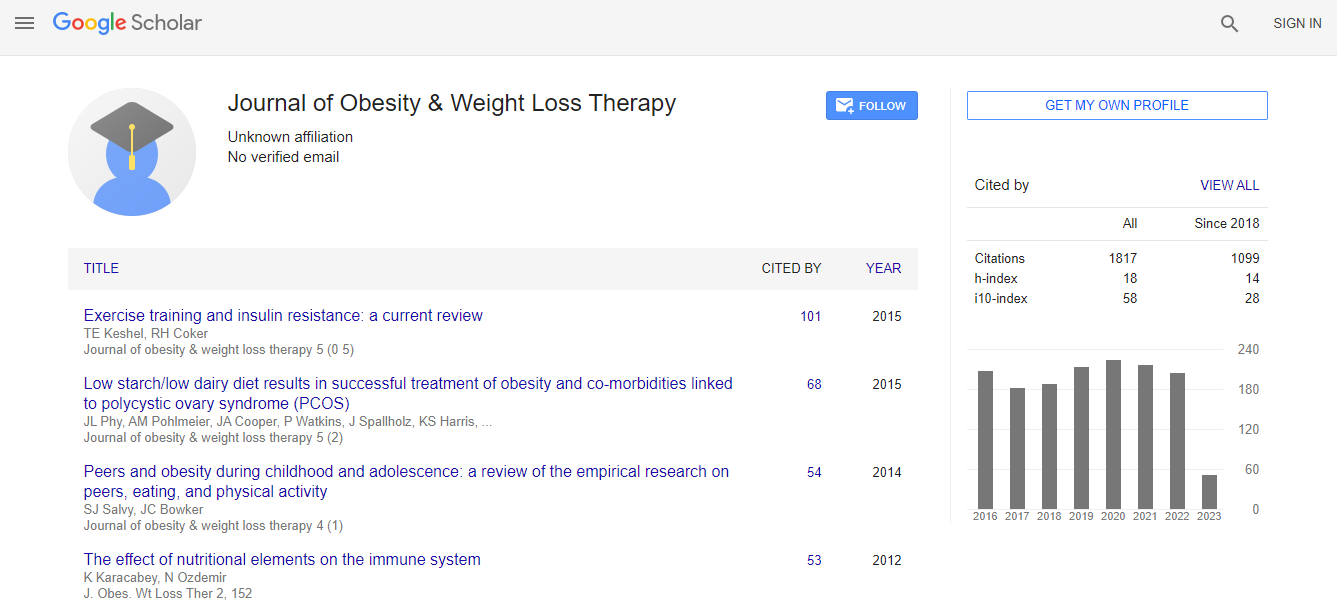Research Article
Leptin and Adiponectin Levels in Idiopathic Pulmonary Fibrosis: Association with Hypoxia
| Foteini Malli1, Panagiotis Georgoulias2, Varvara Valotassiou2, Fotini Bardaka1, Irene Tsilioni1,3, Konstantinos I Gourgoulianis1 and Zoe Daniil1,* | |
| 1Respiratory Medicine Department, University of Thessaly, School of Medicine, Larissa, Greece | |
| 2Nuclear Medicine Department, University of Thessaly, Larissa, Greece | |
| 3Molecular Immunopharmacology and Drug Discovery Laboratory, Department of Integrative Physiology and Pathobiology, Tufts University School of Medicine, Boston, MA, USA | |
| Corresponding Author : | Zoe Daniil University Hospital of Larissa Respiratory Medicine Department Mezourlo (Biopolis), 41110, Larissa, Greece Tel: +30 241 3502898 Fax: +30 241 3501563 E-mail: zdaniil@med.uth.gr |
| Received: Octomber 25, 2015;Accepted: December 1, 2015;Published: December 5, 2015 | |
| Citation: Malli F, Georgoulias P, Valotassiou V, Bardaka F, Tsilioni I, et al. (2015) Leptin and Adiponectin Levels in Idiopathic Pulmonary Fibrosis: Association with Hypoxia. J Obes Weight Loss Ther 5:284. doi:10.4172/2165-7904.1000284 |
|
| Copyright:© 2015 Malli F, et al. This is an open-access article distributed under the terms of the Creative Commons Attribution License, which permits unrestricted use, distribution and reproduction in any medium, provided the original author and source are credited | |
| Related article at , | |
Abstract
Background: Studies in the literature suggest a regulatory role of leptin and adiponectin in the development of fibrosis in various organs. However, their role in idiopathic pulmonary fibrosis (IPF) has not been examined in the past. The study aimed to assess the levels of leptin and in IPF patients and 22 controls. Methods: Leptin and adiponectin were measured in serum while leptin was assessed in broncholaveloar lavage fluid and exhaled breath condensate of IPF patients. The association of the adipokines levels with markers of disease severity was also addressed. Results: Leptin levels adjusted for BMI and leptin to adiponectin (L/A) ratio in male patients with PaO2 <65 were significantly reduced as compared to male patients with PaO2 ≥65 mmHg. L/A ratio was positively associated with PaO2. Additionally, L/A ratio were positively associated with Saint George Respiratory Questionnaire components. Interestingly, exhaled breath condensate and bronchoalveolar lavage fluid leptin were not associated with corresponding serum leptin levels. Discussion: Overall our findings suggest a possible role of leptin and adiponectin in the severity and/or pathogenesis of IPF. Further studies are required in order to clarify the mechanisms and physiological relevance of our observations.

